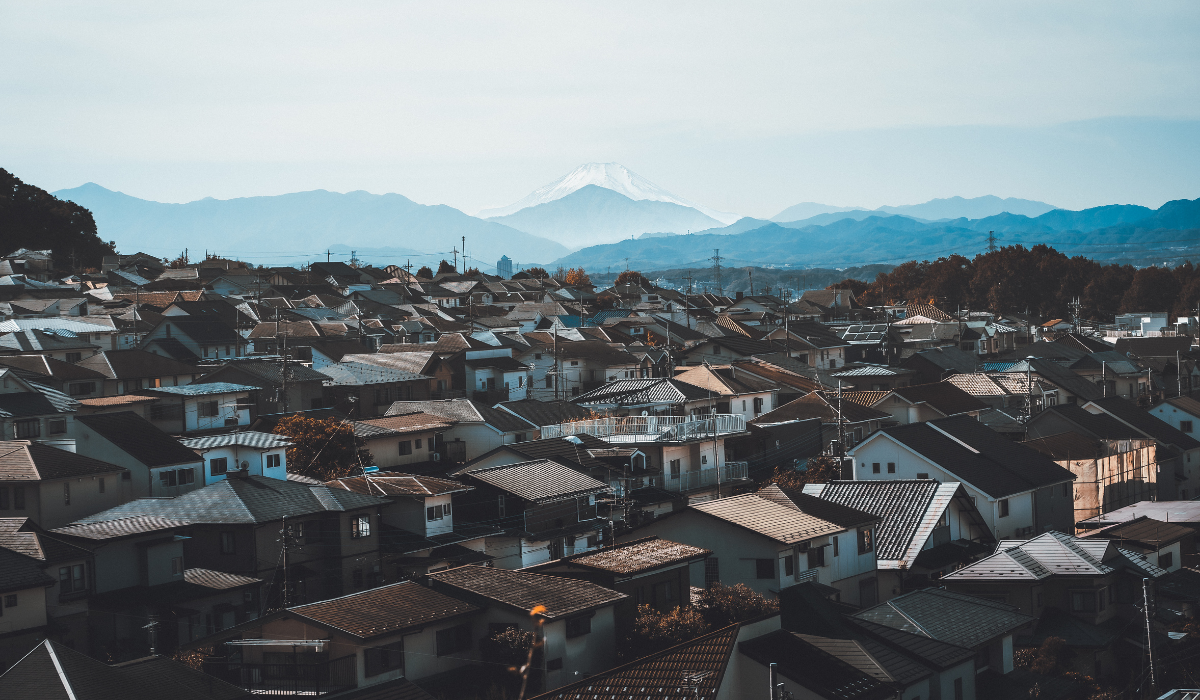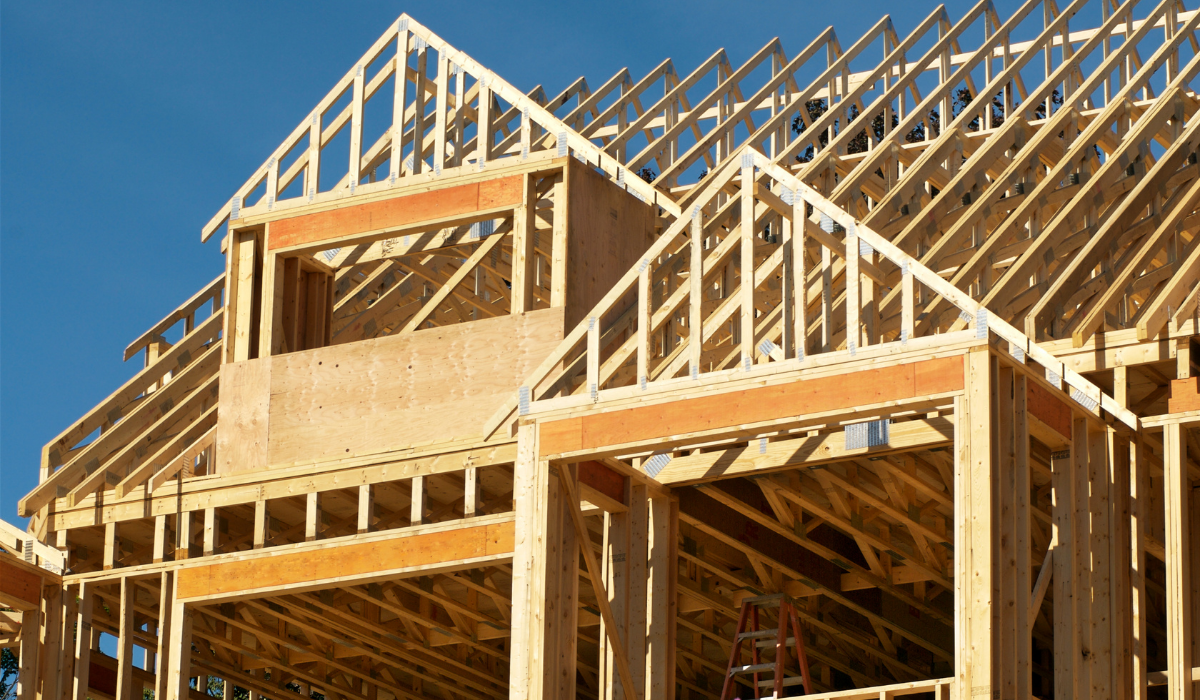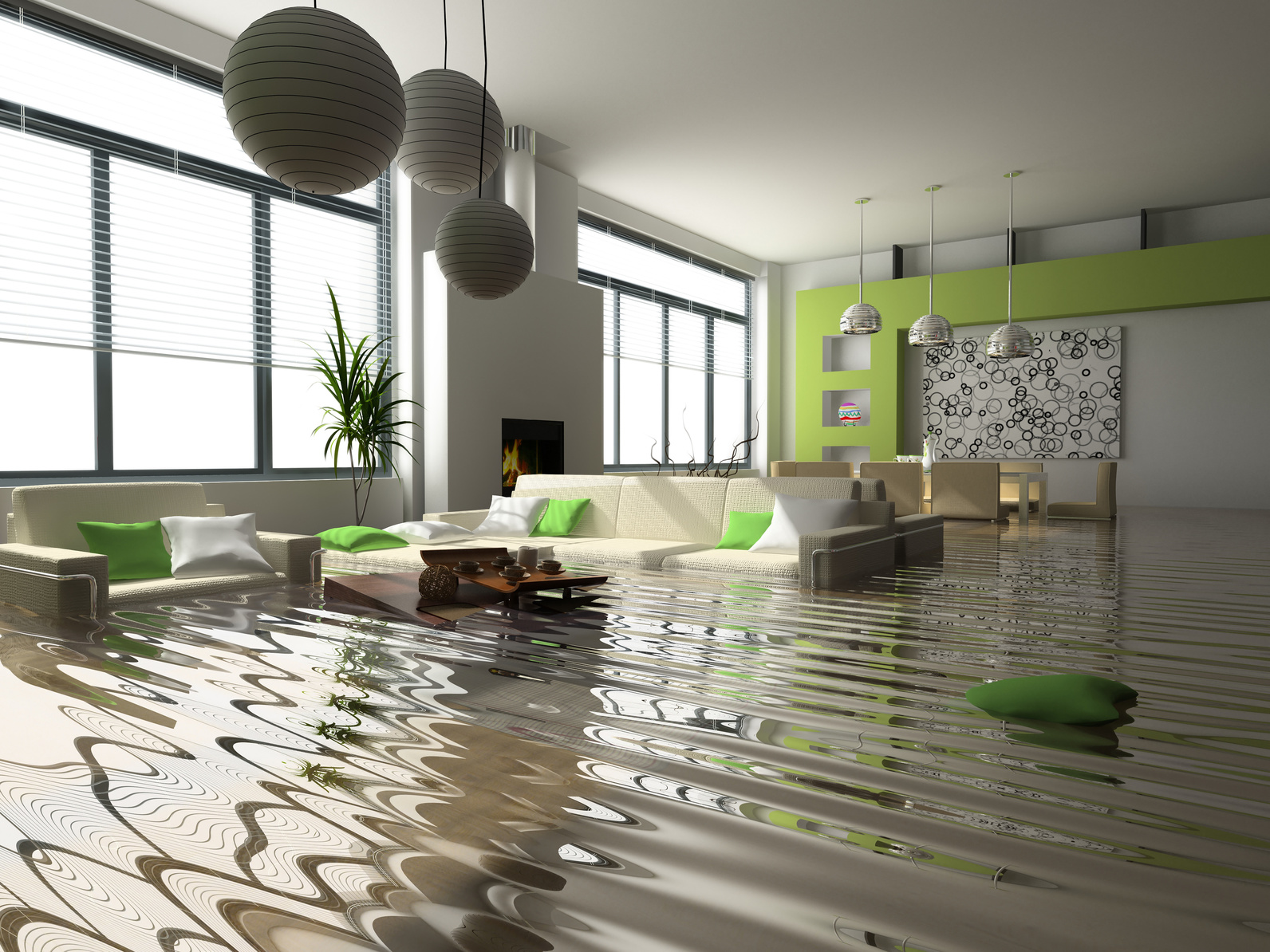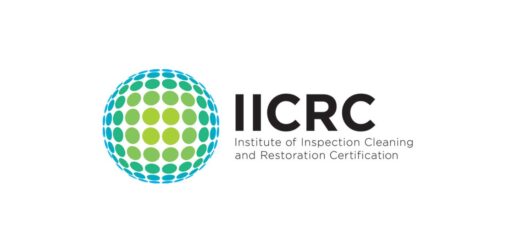How the Japanese Build Houses to Withstand Earthquakes?
No matter how beautiful a residential property appears, it is vulnerable to natural calamities, like earthquakes. Japanese builders, however, have mastered the art of building spacious homes that successfully withstand the impact of earthquakes. Here’s a look at how these homes are built.

A significant loss of lives and structural damages stem from earthquakes. An earthquake with a magnitude of 7.1 had killed over 200 people in Mexico’s capital city. While the earthquake itself was not responsible for the deaths, the collapse of occupied buildings was.
Clearly, earthquake-proof homes are critical to protecting their inhabitants. Earthquakes are common in some parts of the US, like California. The Golden State experiences over 100 earthquakes per day, though most are small in magnitude and cause little or no damage.
Earthquakes deliver a powerful force, exerting large amounts of horizontal pressure on structures. This massive horizontal pressure can cause a home or building to collapse. Ordinary homes are not reinforced to withstand the jolts, tremors, and major shockwaves caused by earthquakes.
An earthquake sends shockwaves throughout the ground in all different directions and in brief, rapid intervals. A typical building can withstand the vertical force of gravity and weight, but standard homes are unable to handle the side-to-side force caused by earthquakes.
Walls, columns, beams, floors, and the connectors that bind them together vibrate under horizontal pressure. Structural stresses develop as the top and bottom of the building undergo a difference in movement. This causes the supporting frame to break and the collapse of the entire home.
Build on a flexible foundation
In Japan, earthquakes are a regular occurrence, prompting local engineers to rethink how homes are built. Over the years, Japanese engineers have discovered the resilience of homes built on flexible or dampened foundations that isolate the top of the building from the base.
A flexible foundation allows the home to absorb seismic waves, thereby limiting the ability of these waves to travel throughout the rest of the structureStructure refers to the framework or components of a buildin... More. By reinforcing the structural integrity of the buildings, these homes become resistant to earthquake tremors and jolts.
Lifting the foundation above the earth is another benefit to homes built in earthquake-prone areas. The home should be constructed above flexible steel, rubber, and leadLead is a heavy metal that can be toxic to humans, especiall... More pads. When an earthquake hits, the base shifts, but the isolators vibrate and keep the structureStructure refers to the framework or components of a buildin... More stable.
Use dampening in home constructions
Similar to how shock absorbers protect cars, shock absorbers used in residential homes reduce the magnitude of an earthquake’s shockwaves. Vibrational control devices or pendulum dampers are two options engineers may choose from in order to build an earthquake-resistant home.

Add a seismic invisibility cloak
Rerouting energy from an earthquake can be achieved with what is known as a seismic invisibility cloak. A cloak of 100 concentric plastic and concrete rings is buried under the foundation. Seismic waves are forced through the outer rings, thereby channeling them away from the building.
Reinforce the building
An earthquake-resistant home redistributes forces that move through them during the seismic event. Reinforcing the building is achieved by shear walls, cross braces, diaphragms, and moment-resisting frames. Supported by diagonal cross braces, shear walls support tension and keep the building stable.
Diaphragms, too, help remove tension from the home’s flooring and direct force to the vertical structureStructure refers to the framework or components of a buildin... More of the property. Moment-resisting frames offer flexibility when placed in the joints of an earthquake-resistant home; columns and beams are able to bend while the joints remain rigid.
Use innovative materials
Equally important to residential properties that are able to withstand earthquakes are the building materials. Structural steel, for instance, is available in various shapes and allows a building to bend without breaking. Many contemporary buildings are built using structural steel.
Wood is a highly ductile material, meaning it has the ability to undergo tension and large deformations. An additional benefit is that wood is an extremely lightweight yet strong material. Tomorrow’s futuristic materials also have greater potential for flexibility and shape retention.

Shape memory alloys, for instance, are able to resist heavy pressure and revert to their original shape. Fiber-reinforced plastic wrap, which is manufactured from a wide variety of polymers, may be wrapped around columns, thereby providing the structureStructure refers to the framework or components of a buildin... More with significant strength and ductility.
Natural materials, including fibers from mussels, spider silk, and bamboo as well as innovative 3D printed materials are further options that can support a building during an earthquake. Such materials are extremely lightweight, have infinite forms, and can increase a home’s resistance to earthquakes.
Japanese methods for building homes that resist earthquakes are continually evolving. While research efforts continue, it is not yet possible to construct a home that will completely withstand a seismic event. However, if newer homes save lives by not collapsing during an earthquake, they are a success.
A home can be built in an earthquake-prone area and undergo enormous destruction. When the ground shifts, the movement can break or bend water pipes. Leaks inside or outside the home can result. If your home becomes storm damaged, turn to the experts to help restore the damage.
Call a recognized leader in water damage restoration of commercial buildings and residential properties. Experienced crews arrive quickly to limit the spread of water damage. Specialists utilize advanced machinery to extract the excess water and fully dry the property.
Powerful dehumidifiers, air movers, hydroxyl technology and floor mat systems eliminate moisture from the premises, including furnishings and structural elements. They also offer content cleaning, pack-outPack-out is the process of carefully removing and transporti... More services, and carpet cleaning to property owners facing extensive water damage to their building.
Professional restoration crews are also experienced in cleaning up sewageSewage is wastewater containing biological and chemical cont... More backups. SewageSewage is wastewater containing biological and chemical cont... More backups require skilled and careful handling since the water contains virusesViruses are microscopic infectious agents that can only repr... More and bacteria. They remove all biohazard materialsBiohazard materials are substances that pose a risk to human... More, disinfect the area and return it to its original condition.












